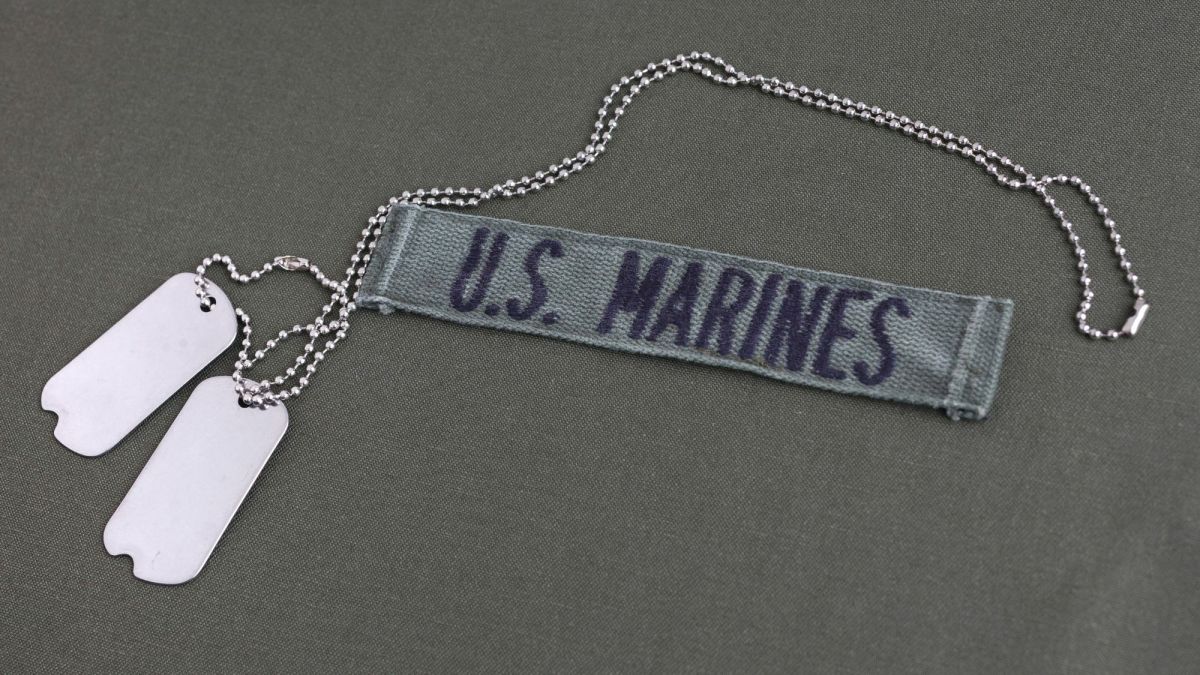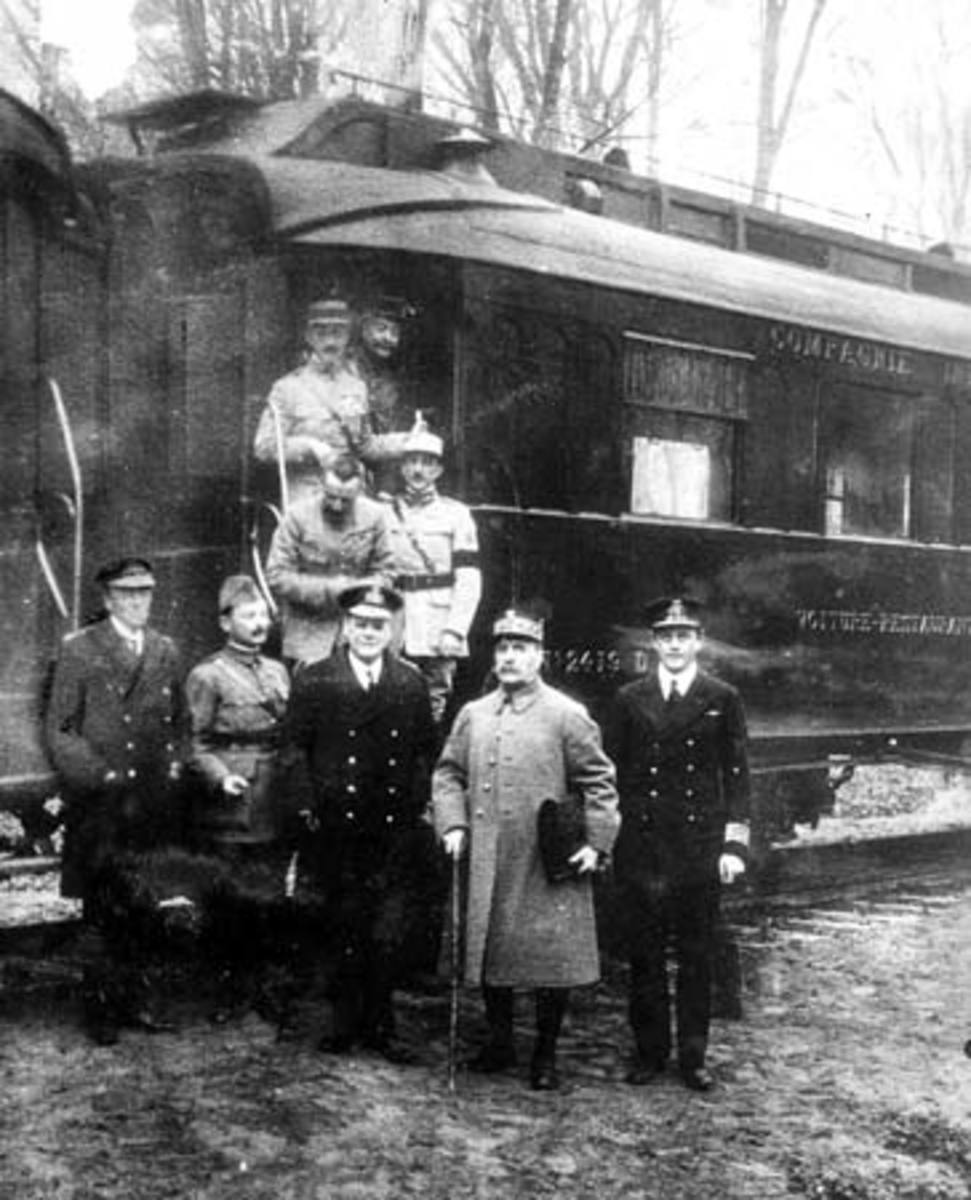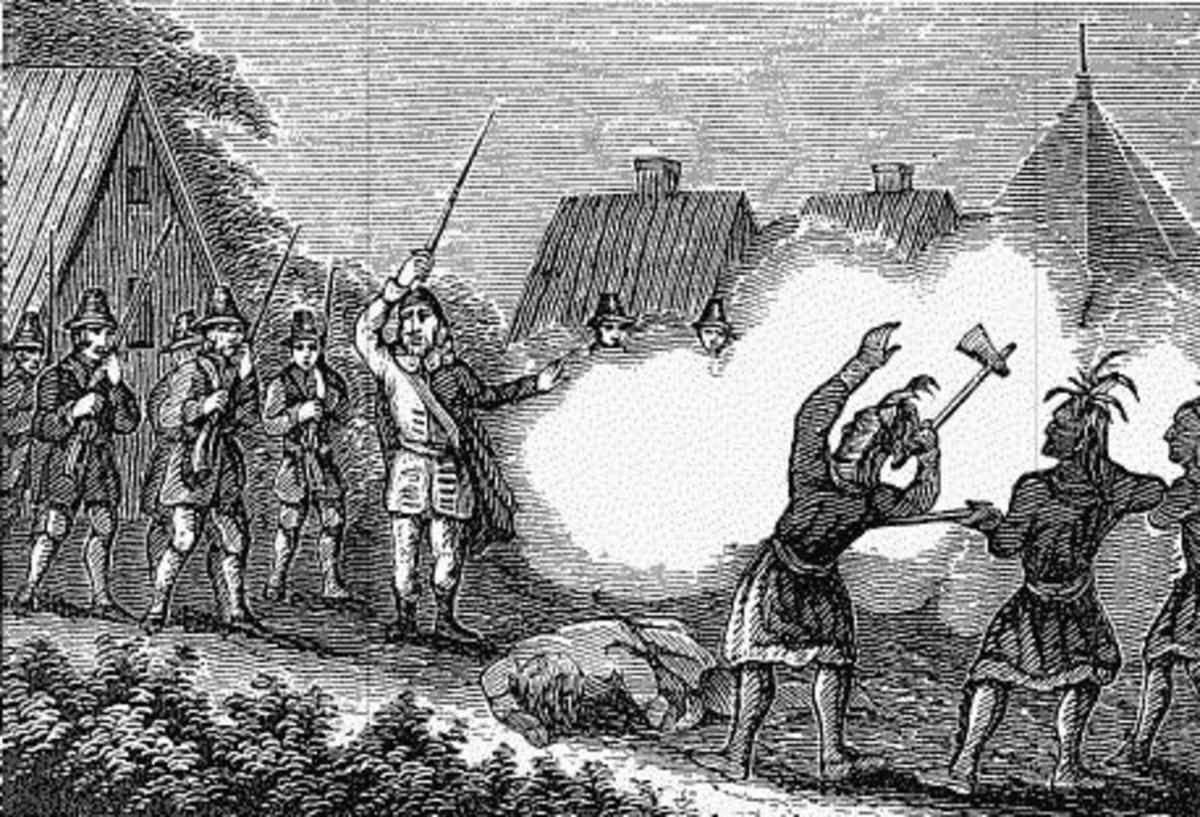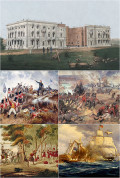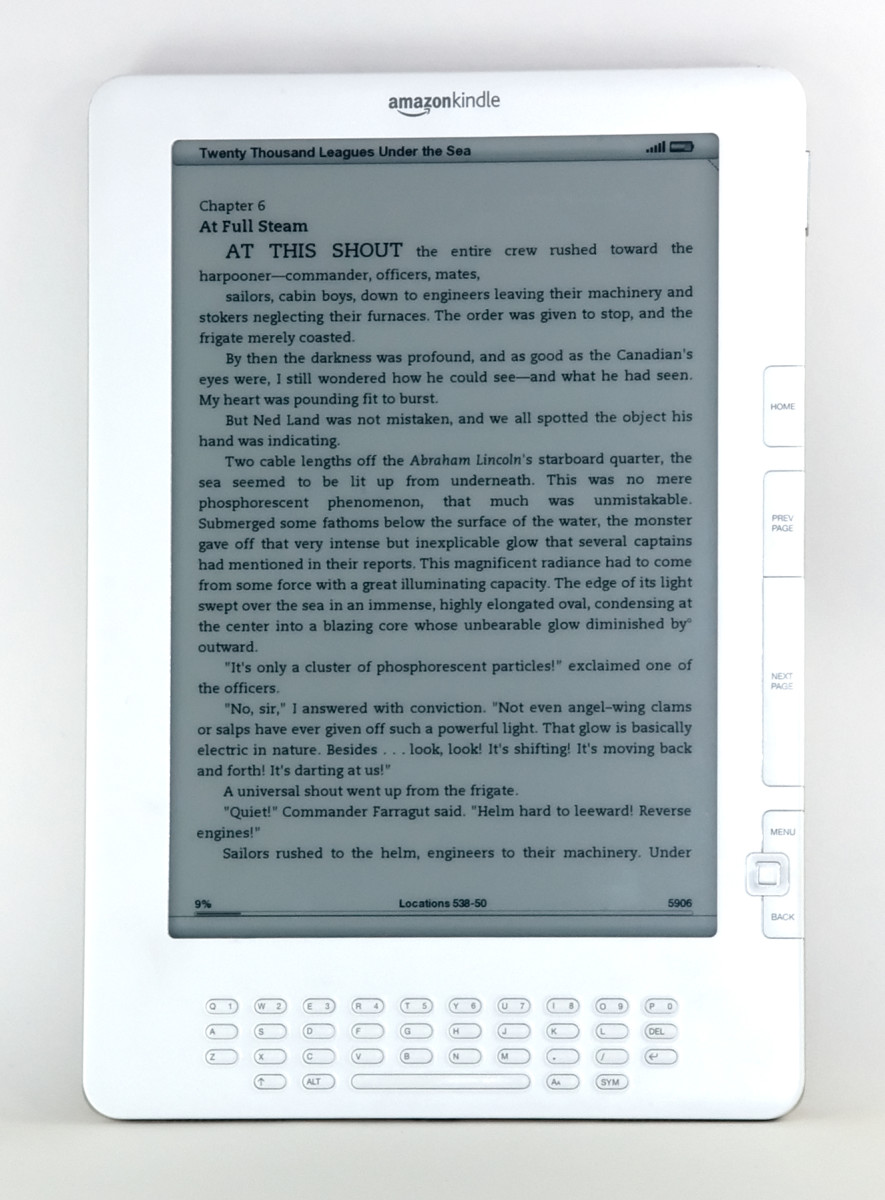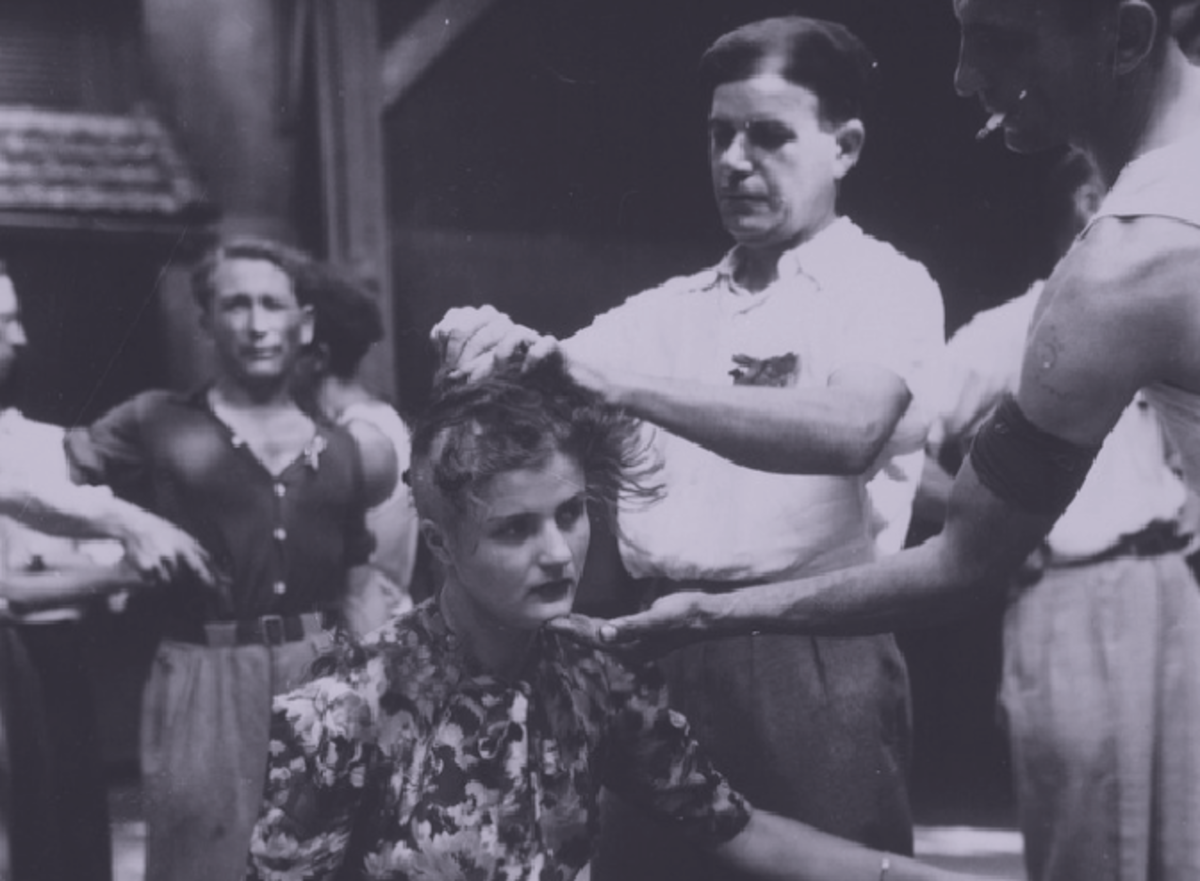The Battle of Midway (Pivotal Moments in American History) by Craig L. Symonds
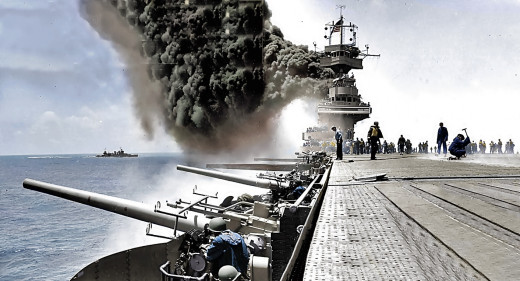
"The Battle of Midway" by Craig L. Symonds is an excellent and thorough retelling of both the events and situations leading up to the turning point of the war in the Pacific during World War II, but also some of the inner workings of Allied and Japanese politics surrounding the decision of the Japanese to attack Midway island.
It starts by explaining the events causing the U.S. going to war with Japan, having initially mostly ignored the Pacific and focusing on the European theater against Germany and the Third Reich. "Germany First" was the plan, and Roosevelt mostly kept to that until Japan's attack on Pearl Harbor on December 7th, 1941.
An excellent explanation of the planes and ships on both sides, their strengths and weaknesses, are included - especially the well-known "Zero" piloted by the Japanese. The Japanese pilots were much better trained compared to the generally mediocre United States pilots. However, the Japanese pilots required much longer to train, and the U.S. could produce more pilots quicker than the Japanese. What astounded me was the large number of complete misses by U.S. dive bombers.
The book also goes over some of the code breaking done by the United States, that was mostly unknown until many years later. It covers many of the upper people involved and their tireless work in providing quality intelligence to the Navy.
Midway ended up as a turning point for the United States. This book gives a thorough account of the timeline of the events of the battle of Midway, as well as the significance of the battle itself. Though both sides lost carriers, with the Japanese losing the Hiryu, Akagi, Kaga and Soryu, the United States only lost the Yorktown. The Japanese also lost significantly more men and planes than the United States. This put them at a severe disadvantage for the rest of the war, as they could not begin to compete with the United States on an industrial level, nor replace the more than 3,000 lost quickly. Thirty Five purpose built carriers would be completed over the next few years, compared to the Japanese scramble to convert ships to carriers after their devastating losses at Midway Atoll.
Finally, the book culminates in a blow by blow account of United States and Japanese forces, including very interesting details about the pilots, how their missions went, and what was accomplished by these courageous men.
The end addresses some of the unknowns and questionable details. Having occurred more than 70 years ago, many of the key figures are deceased, and some documents are unaccounted for.
If you are a fan of military history, this book will certainly pique your interest. Previously, I had been most interested and read regarding the European theater of operations. This book provided me with a very interesting look on how things were going in the Pacific. It was a very enjoyable read and would recommend it to anyone even remotely interested in brushing up on World War II history.

